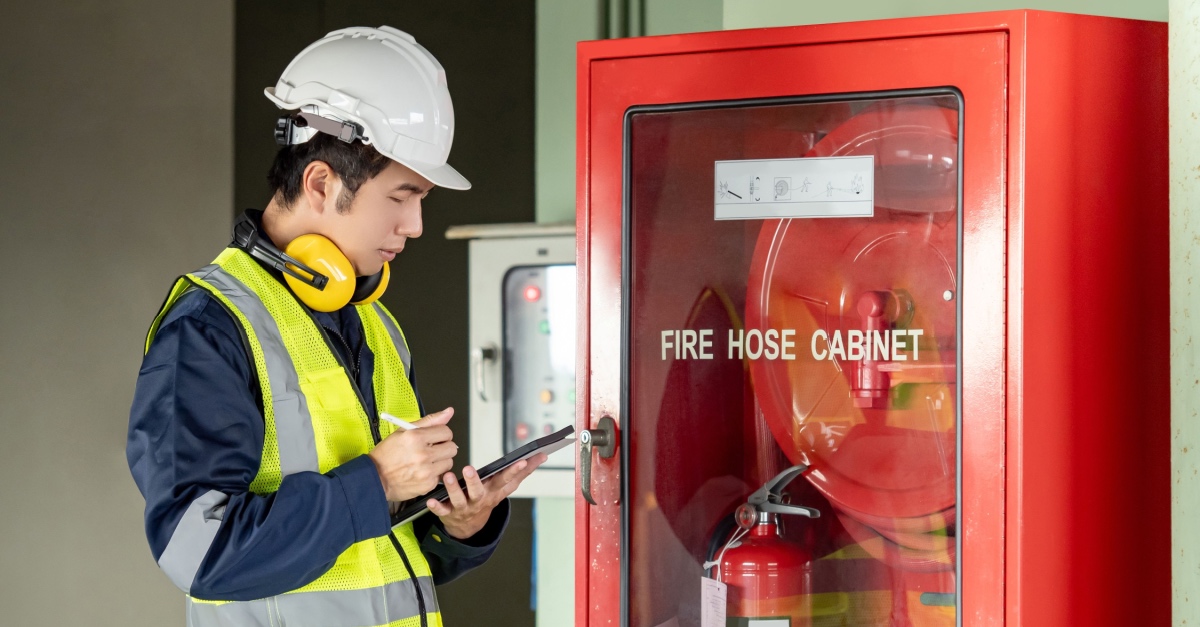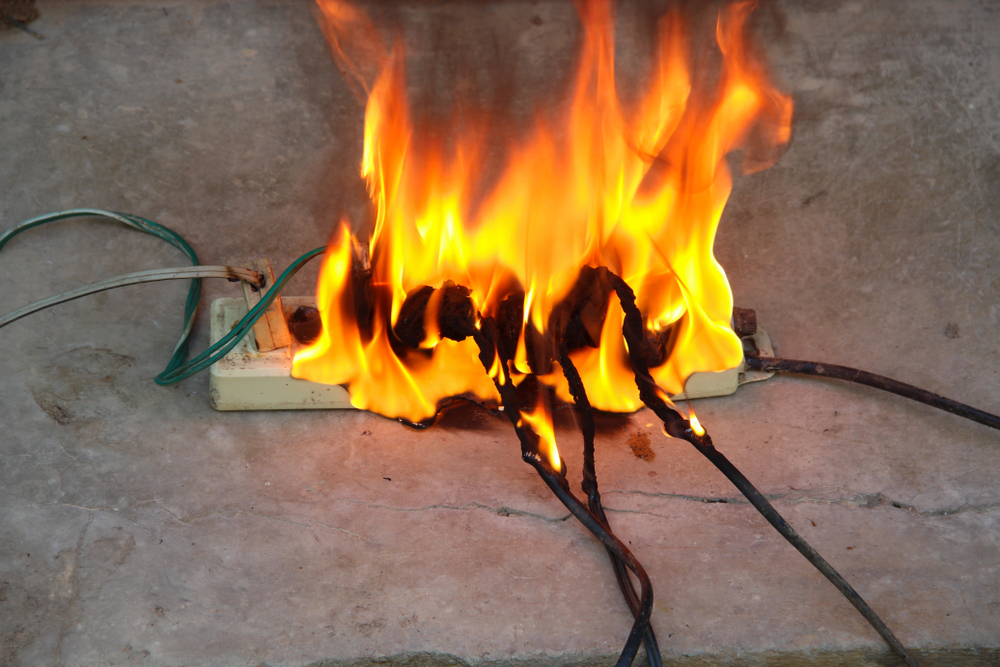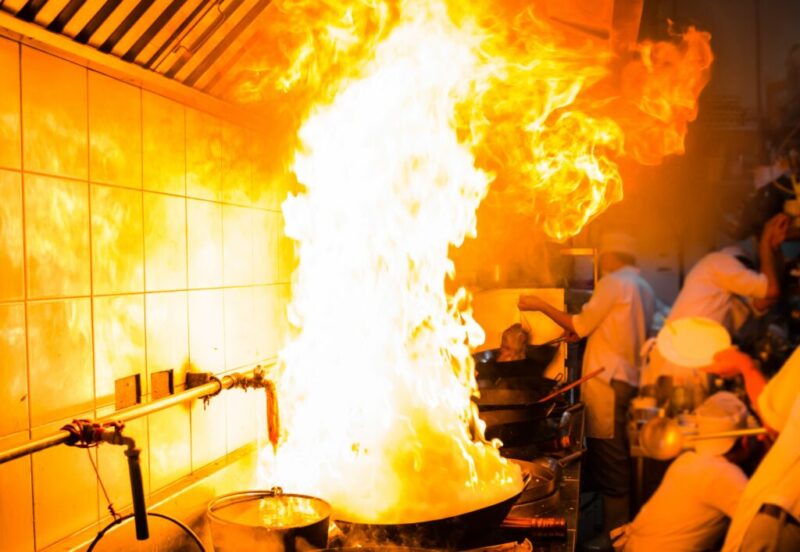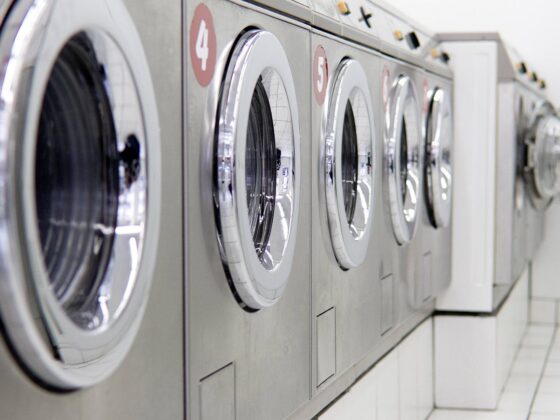Identifying hidden fire hazards in commercial properties is not just a matter of compliance; it’s a critical component of safeguarding lives and assets. From bustling office buildings to sprawling warehouses, potential dangers lurk in unexpected places, often unnoticed until its too late.
Think of the cluttered storage rooms, the aging electrical systems, or even the everyday kitchen appliances—these commonplace features can become ticking time bombs if not properly managed. This article will delve into the multifaceted world of fire safety, highlighting how to recognize these often-overlooked threats.
With a keen eye and a proactive approach, property managers can uncover vulnerabilities and implement robust safety measures that protect both their premises and the individuals who occupy them. A small risk today can yield catastrophic consequences tomorrow; let’s embark on this journey of discovery and prevention together.
Common Types of Fire Hazards in Commercial Properties

When evaluating fire hazards in commercial properties, it’s essential to recognize a myriad of potential risks that often lurk unnoticed. Overloaded electrical outlets and frayed wiring can create deadly sparks, while cluttered storage areas made up of combustible materials pose a significant threat, especially in warehouses or retail spaces.
Then theres the lack of proper fire exits or obstructed pathways, which can spell disaster during an emergency, hampering swift evacuations. Moreover, heating equipment that isn’t adequately maintained, such as space heaters or boilers, frequently becomes a ticking time bomb. Don’t overlook flammable liquids, often found in storage rooms or maintenance areas, which can ignite with alarming ease.
Each of these hazards, alone or in concert, amplifies the risk of a devastating fire, underscoring the need for a thorough assessment to safeguard lives and property.
Conducting a Comprehensive Fire Hazard Assessment

Conducting a comprehensive fire hazard assessment is essential in uncovering the hidden dangers that may lurk within commercial properties. Begin by meticulously analyzing the layout and design of the building, where even seemingly innocuous areas—like storage closets or utility rooms—might harbor flammable materials or inadequate egress routes.
Pay close attention to the electrical systems; frayed wires and overloaded circuits are silent but deadly threats that can ignite a blaze without warning. Furthermore, assess the building’s fire protection measures: Are fire extinguishers easily accessible and up to date? Is the fire alarm system functioning correctly? Engage employees in the evaluation process, as they often know best about the daily operations and potential risks that may not be immediately visible. Lastly, remember that this assessment is not a one-and-done task; regular reviews and updates are crucial in adapting to changes in occupancy, equipment, and even building codes, ensuring a proactive stance against fire hazards.
Recognizing Electrical Fire Hazards

Recognizing electrical fire hazards within commercial properties requires a vigilant approach that combines thorough inspections with a keen awareness of potential risks. Look for frayed or exposed wiring, which may indicate a looming threat; such conditions can ignite quietly, often escaping immediate notice.
Overloaded circuits—another significant red flag—can lead to overheating, especially when multiple devices suck power from a single outlet. Pay attention to malfunctioning equipment, too, as any flickering lights or persistent tripping of breakers signal that something is amiss.
It’s not just about the visible; delve deeper into maintenance records and ensure that routine checks on electrical systems are being conducted. Fire safety is not merely a checklist; its an ongoing commitment to protecting both property and lives from the silent dangers that lurk within the walls.
Conclusion
In conclusion, identifying hidden fire hazards in commercial properties is a critical step towards ensuring the safety of occupants and protecting valuable assets. By conducting thorough fire risk assessments(click here), property owners and managers can uncover potential threats that may not be immediately visible, such as outdated electrical systems, improperly stored flammable materials, or obstructed exits. Implementing proactive measures based on these assessments not only enhances fire safety but also fosters a culture of awareness and responsibility in the workplace.
Ultimately, regular inspections and maintenance, coupled with staff training, are essential components in mitigating fire risks and safeguarding lives, making fire hazard identification an indispensable part of commercial property management.


